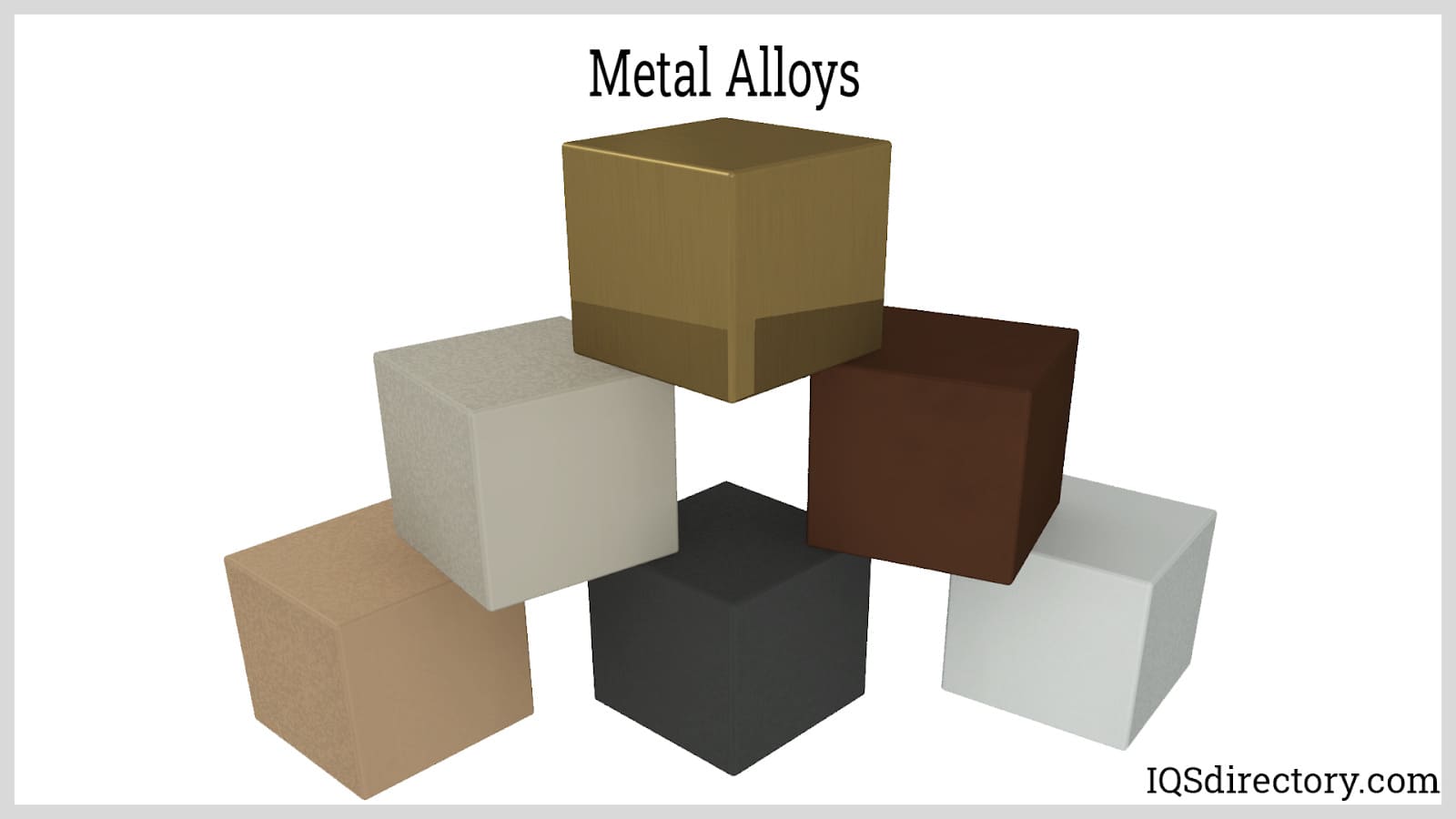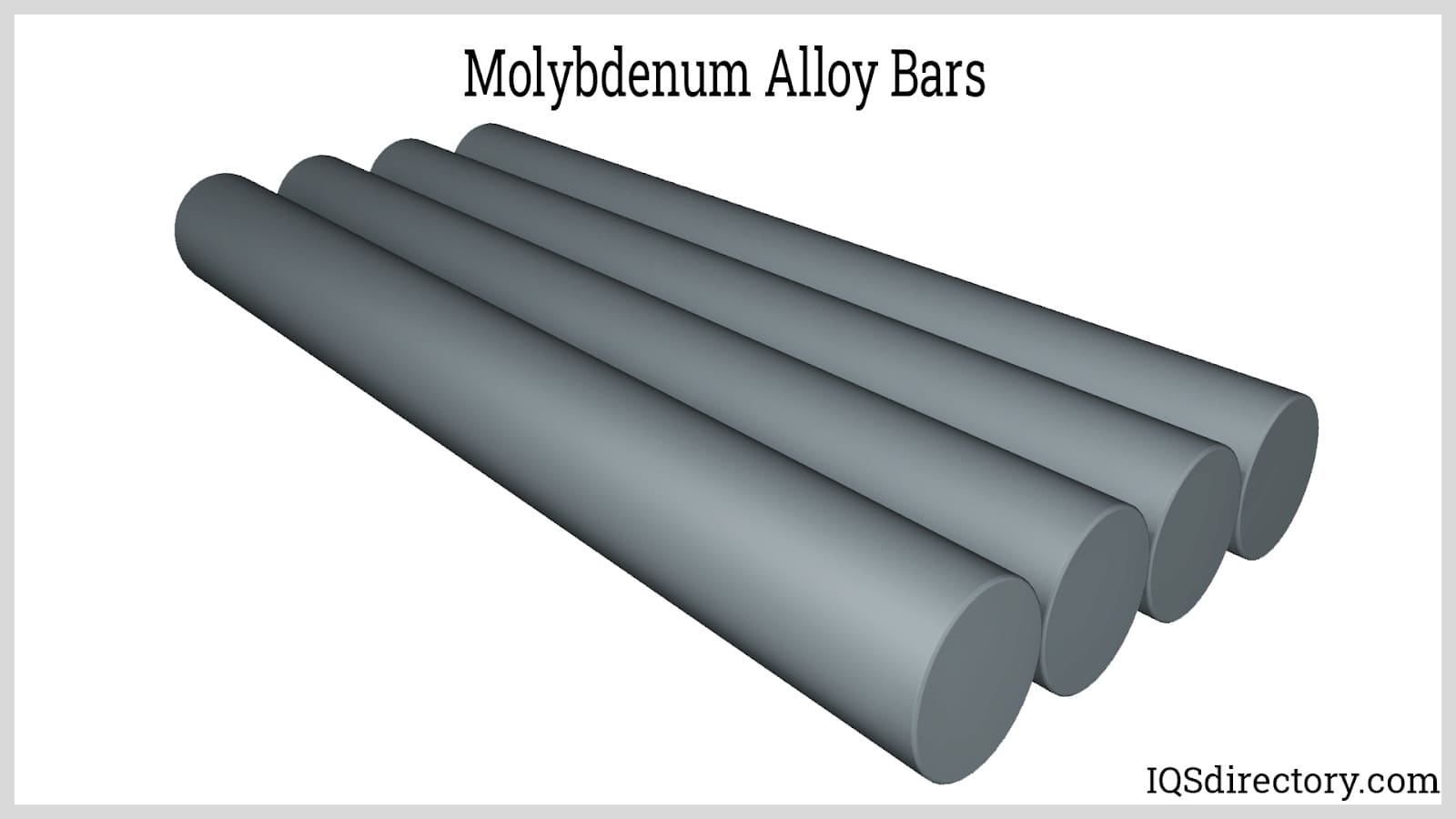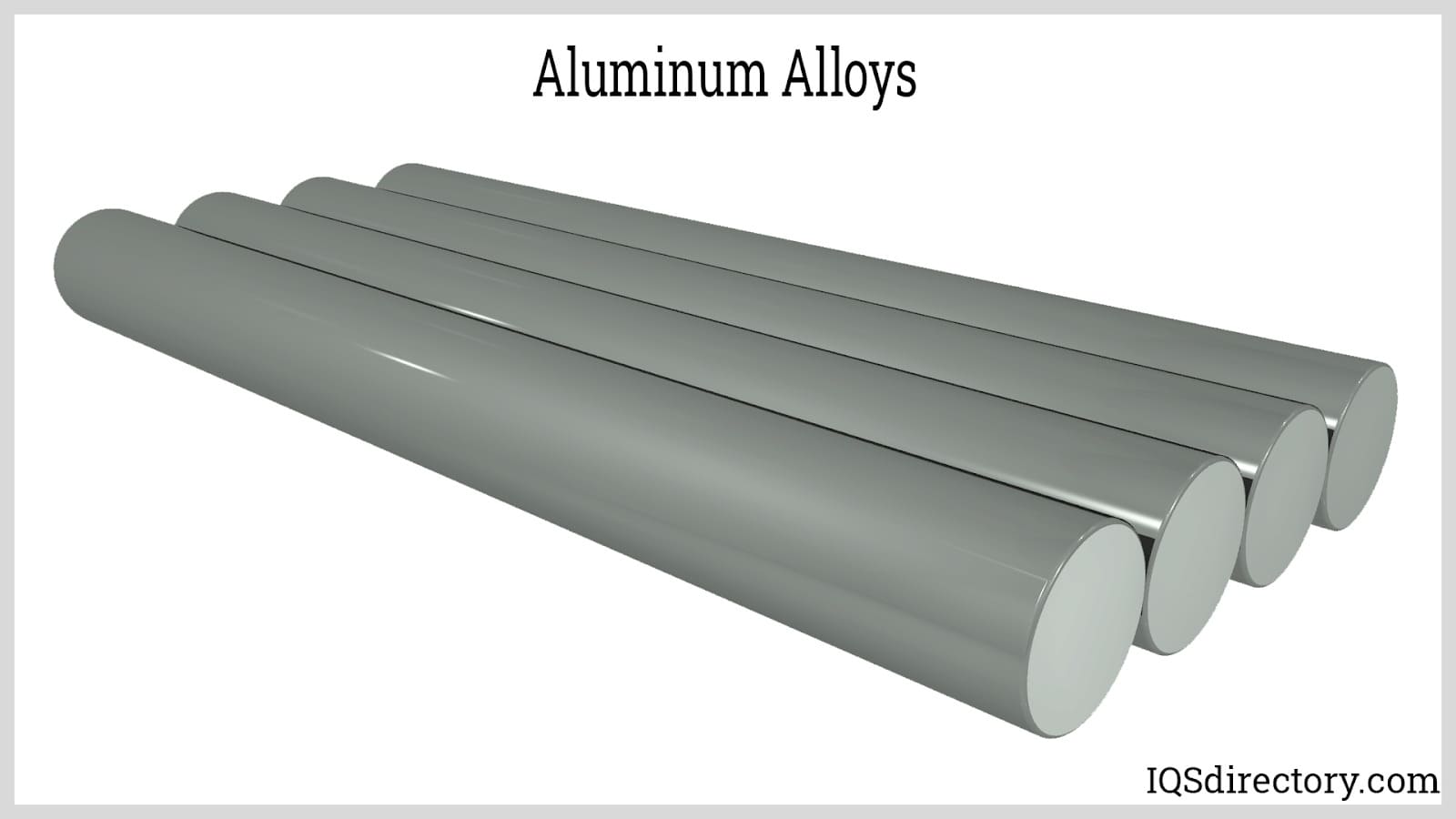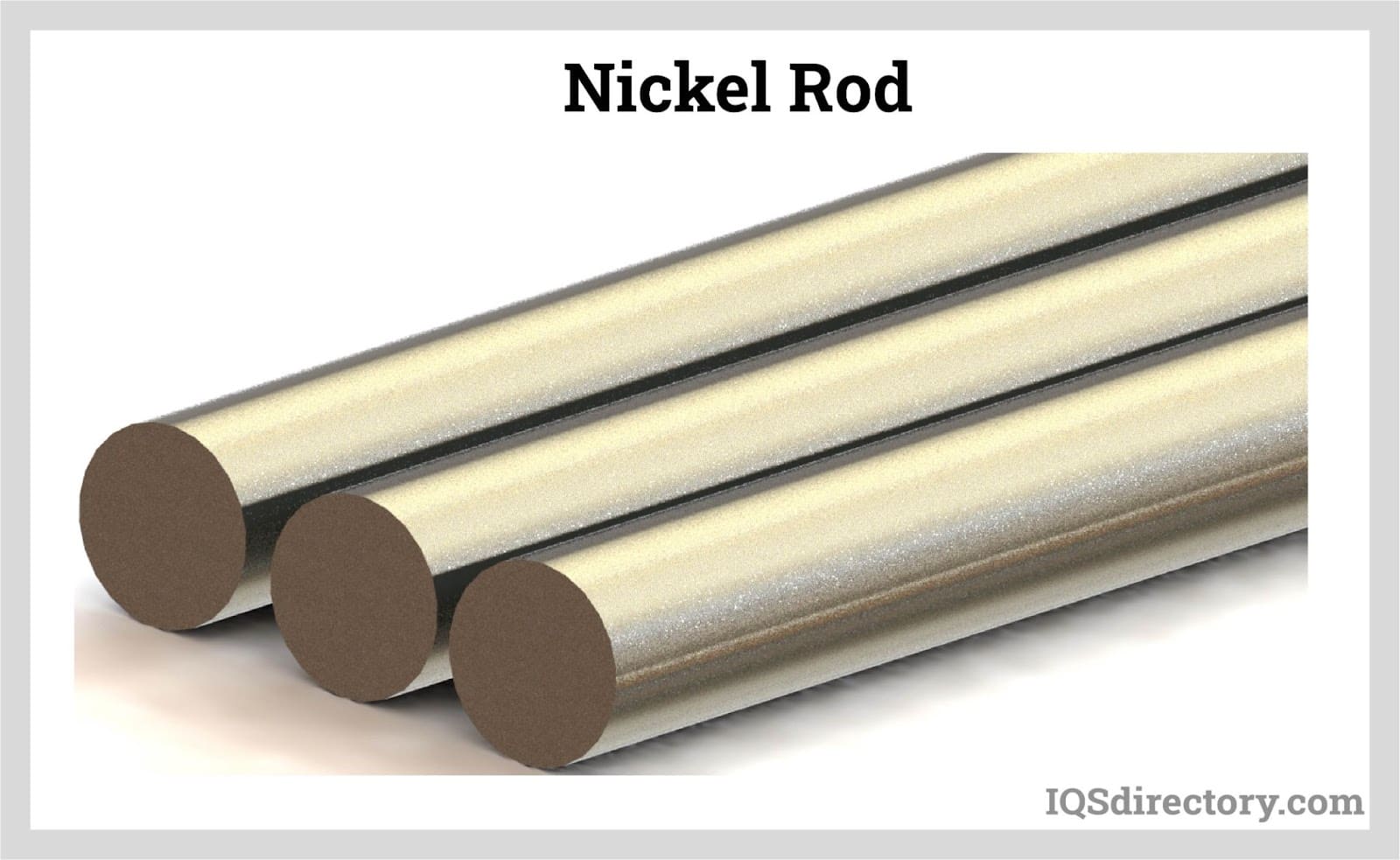Alloy Suppliers
An alloy supplier is a company that provides metals composed of two or more metallic elements. An alloy may be a binary alloy, which has two metallic components, a ternary alloy, which has three metallic components, a quaternary alloy, which has four metallic components, or it can be composed of even more metallic components in trace amounts.
Quick links to Alloy Suppliers Information
Applications of Alloys
An alloy produced by an alloy supplier will usually take on the characteristics of the elements it is made from, such as physical properties like electrical and thermal conductivity, reactivity, and density, but this is not a guaranteed fact. At times, the alloy's engineering properties can be different from those of the original metallic element. However, alloys are typically stronger, more durable metals with more desirable characteristics than those of their individual metallic components, and generally possess increased hardness, corrosion resistance, and malleability.
Alloy suppliers are vital businesses for companies to many industries, including:
- Industrial Manufacturing
- For use in application such as heat treating processes and the production of many parts and components.
- Construction
- For use in many applications such as versatile building materials.
- Commercial
- For use in flexible and rigid packaging and distribution of goods.
- Petroleum
- For use in the extraction, processing, and distribution of oil and gas.
- Defense
- For use in combat vehicles, such as gas turbines in jet airplanes and military electric motors.
Manufacturing Process of Alloys
While in the past, most alloys were formed by melting down the materials and mixing them together, powder metallurgy is becoming an increasingly popular method of alloy formation. Powder metallurgy mixes dry powders, then squeezes them together under high pressure and heats them to temperatures just below their melting points, which results in a solid, homogeneous alloy. Another technique for alloy formation is ion implantation, which uses beams of ions of carbon, nitrogen, and other elements. In this process, the beam is fired into selected metals in a vacuum chamber that then produces a strong, thin layer of alloy on the metal surface. Additionally, alloys can also be recycled, and alloy scrap is a valuable commodity that is essential to the economic production of alloys.
Alloy Images, Diagrams and Visual Concepts
 Metal alloys are the result of combining two or more elements to make a new material.
Metal alloys are the result of combining two or more elements to make a new material.
 Majority of titanium alloys feature titanium as the primary metal while also containing small amounts of other metals or substances.
Majority of titanium alloys feature titanium as the primary metal while also containing small amounts of other metals or substances.
 Molybdenum alloys have high strength, stiffness, and softening resistance at rising temperatures.
Molybdenum alloys have high strength, stiffness, and softening resistance at rising temperatures.
 Aluminum alloys are very robust, reliable, and adaptable.
Aluminum alloys are very robust, reliable, and adaptable.
 Nickel can create a wide range of alloys which exhibits high-temperature strength, corrosion resistance, and high-temperature scaling.
Nickel can create a wide range of alloys which exhibits high-temperature strength, corrosion resistance, and high-temperature scaling.
Notable Types of Alloys
Two main types of alloys that alloy suppliers commonly offer are intermetallics and superalloys. Intermetallics are alloys that are composed of two or more metallic elements, which then form a new compound. These alloys are sometimes used because they have increased magnetic, superconducting, and chemical properties, as well as being able to combine ceramic and metallic properties for situations in which resistance to high temperatures and hardness is more important than either toughness or ease of processing. Superalloys, on the other hand, are mostly used for their high temperature creep resistance, but they also have mechanical strength, good surface stability, and both corrosion and oxidation resistance.

